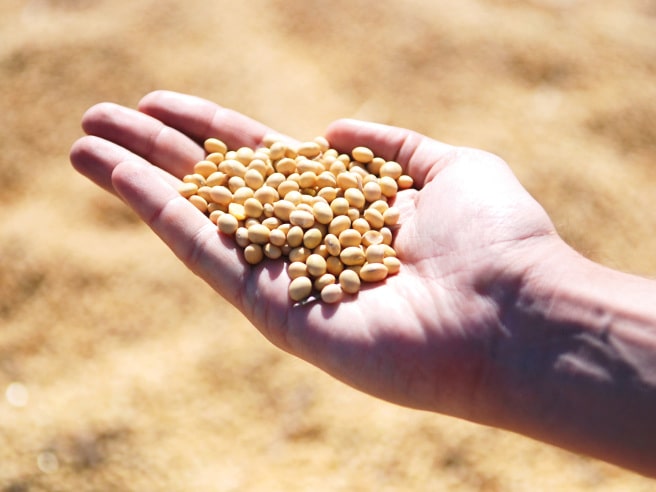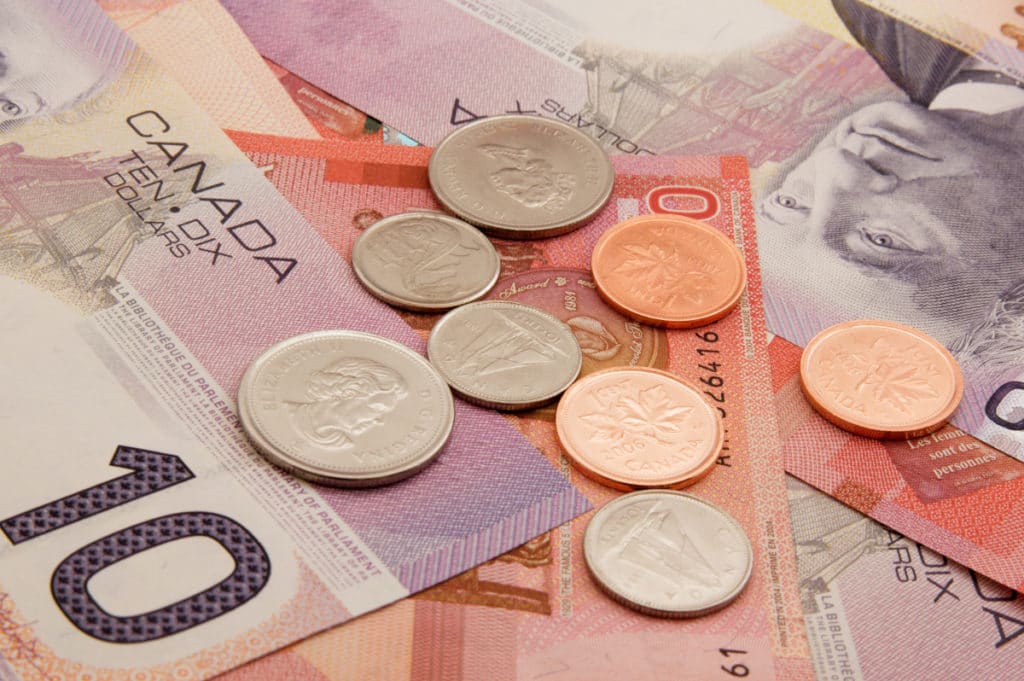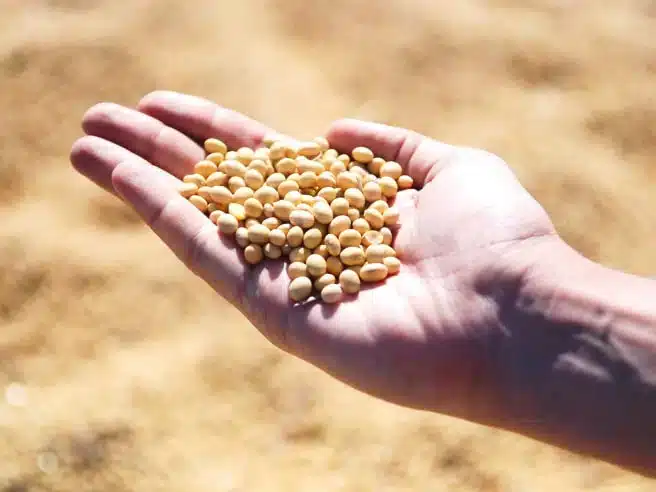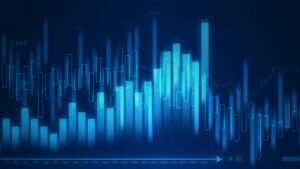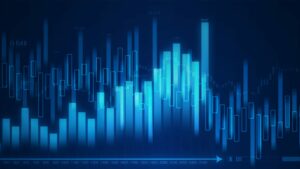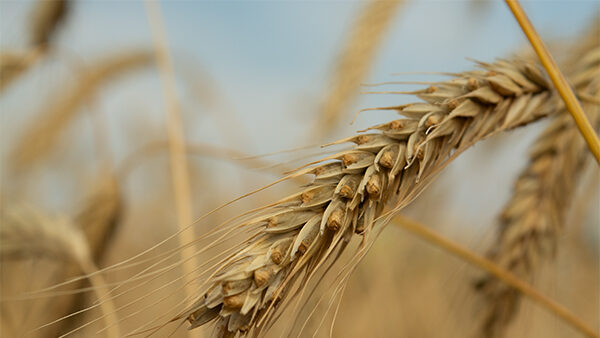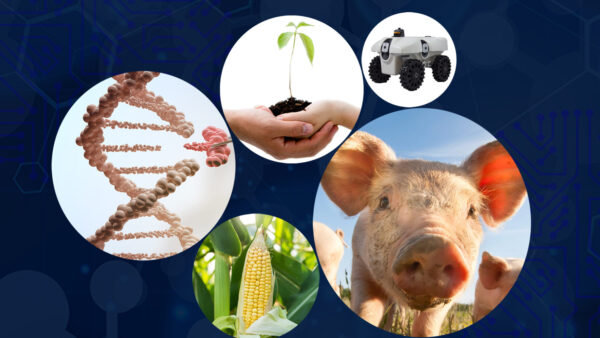Dan Basse gave his 2021 outlook at the American Seed Trade Association’s CSS & Seed Expo.
2021 has come to an end. It’s been a year filled with different challenges for the seed industry: entering the second year of a global pandemic, abiotic stressors such as drought across North America, different diseases to watch out for and more.
But what was the year like economically, and where are we heading now that we are in 2022?
The American Seed Trade Association (ASTA) hosted longtime guest speaker Dan Basse at the ASTA CSS & Seed Expo in Chicago, Ill., Dec. 7. Basse, an economist at AgResource, says the past two years have provided a lot of fodder to economists.
“There’s no shortage of things to talk about,” Basse said. “The big problem is talking about all the things that would happen. Tumultuous and volatile are words that come up in my thinking about the world agricultural market, and the pandemic has really taken this into a higher gear.”
Demand Drivers Changing Economics
Basse says agricultural markets are currently in a new commodity super cycle. Why? Because there are demand drivers all over in agriculture.
“If you look at this super cycle in agriculture versus something like raw materials, it’s really due to lack of investment,” Basse said. “It’s due to things such as the Black Sea and Russia throwing an export tax and people trying to control food inflation.”
The good news is, while the demand drivers are numerous, the U.S. is at a peak for farmland. In addition, Basse says Biden’s administration sees itself as a champion of biofuels — in agriculture, that means Biden sees biofuels as a steppingstone for electrification down the road.
“Thankfully, Biden sees us as farmers as being one of the champions of this low carbon future,” he said. With Biden seeing farmers as part of the puzzle to low carbon emissions, that raises the importance and demand of growers.
Two new demand drivers have come into play.
“China is now a significant world grain importer,” Basse said. “They are now taking one out of every four bushels of feed that’s traded around the world, which is a big, big change.”
This is particularly due to a difficulty with African Swine Fever that occurred in China about two and a half years ago — after that swept through their livestock, China made the decision to not feed food waste to their hogs. While it was common to throw your leftovers from dinner out the door, Basse reported that it’s now outlawed.
“That was about 36 million metric tons of food waste that went to hogs,” Basse said. “Now China’s supplanting them with corn in a more Westernized diet.”
In addition, renewable diesel is becoming a new driver as well, though, Basse notes that this demand driver may spell trouble and challenges for agriculture due to the need of more vegetable oil.
Climate change continues to have an impact on agriculture as well.
“As we look at climate change, we’re seeing about 22 times more floods and two times more droughts,” Basse said. “This is having an impact on global crop yields.”
This change is particularly due to warming poles on Earth, Basse said. Once the poles warm, the globe loses the vitality of the jet stream. When that jet stream flows down, there’s more wetness and more dryness.
While new demand drivers and challenges will continue, it’s important to see how these drivers have affected agriculture economics this year and in the year to come.
Inflation a Concern
When looking at the banking industry, Basse reported that there’s a bit of an economic quandary. The question that comes into mind is: what should the banking industry tackle first? Inflation, which is rampant across the world? Creating an economic policy to help things like the pandemic and some of those struggles?
“Central banks are going to err on the hotter, more inflationary trends,” Basse said. “And maybe you and I would like to question, what is the new natural rate of inflation going forward?”
As the pandemic continues, inflation and rising food costs continues to be a global concern. Looking at the UN Food Indexes, food prices globally have been skyrocketing.
In comparison, though, the U.S. is considered one of the most blessed countries in terms of food costs. Basse reported 6.7% of disposable income in the U.S. goes to food — which is by far the cheapest in the world.
“We have the most abundance because of you in this room,” he said. “Food costs are not a good thing in Nigeria, Kenya, Zimbabwe, India, Turkey or even places like the UAE or Russia.”
Inflation, in addition, is something Basse is monitoring. He noted that the new natural rate of inflation will be different than the last decade.
“The old inflation rate we’ve seen is about 1.6%, the Fed has been trying to raise that up to 2%,” he said. “You’re now looking at inflation rates that are getting close to the largest in 30 years at 6.2%.
“Commodity prices are generally telling you what the future inflation will be — and at least to date, they are still pointing upwards.”
Basse is concerned about the new natural rate of inflation moving away from that 1.6% rate. But, the cycle of inflation isn’t done yet.
The good news though, he said, is that the U.S. dollar is rallying, which helps the ratio within the U.S.
“As we get closer to $30 trillion of debt, my worry about the value of the U.S. dollar in the second half of 2020 started to rise,” Basse said.
Biofuels and Fertilizers
Generally speaking, Basse says the crude oil market is heading towards $100 a barrel, which means increased gas prices — closer to $5 a gallon — is still within the future.
The price of oil continues to rise, and Basse noted in Chicago, you could see prices sitting at $4.50 to $4.60 a gallon.
“We just don’t have enough fossil fuel production, and supplies and stocks are still coming down as world demand is ramping upwards,” he said. “That high price of energy really causes the whole inflationary thought process to go forward.”
When looking at biofuel crops of corn and soybean oil — in comparison to crude oil — they’re relatively cheap.
In addition, fertilizer prices are at a record high.
“If I look at spring prices, of nitrogen, I could see it somewhere around $1,000-1,100 a ton,” Basse said. “But if you had to buy a nitrogen for application this fall, it was closer to $1,500.”
The next six weeks are critical in the fertilizer industry, Basse says.
“We need to get supply moving and moving fast,” he says. “I’m concerned if we don’t get fertilizer moving towards the middle of the country, there will be shortages for our U.S. fertilizers.”
Corn and Soybean Demand Up
Due to the increased demand for feed in China as the Chinese hog industry continues to recover and rebuild, feed ingredients, like corn and soybean, continue to be high in demand.
“Hog numbers and supplies are coming forward data suggests,” Basse said. “We can see this in the feed bit — China imported 29 million metric tons of corn last year. If I add barley, sorghum, corn byproducts and cassava, you can see that China imported about 64 million metric tons this year.”
While China is still producing a big corn crop — a record of 272 million metric tons — their stocks to use ratio is going down. They will continue to be a much bigger driver in world grain trade ahead, Basse said.
In addition, due to the low carbon drive, companies like Chevron and Exxon are looking to agriculture more.
“They all see for their shareholders that they need to be involved in this renewable low carbon deal,” Basse said. “Everybody wants to have a low carbon footprint — and this is so disruptive.”
For every bushel of soybeans through a processor, Basse said you get 47.5 pounds of soybean meal and 11.6 pounds of oil. For the future, more soybean oil is necessary.
“In the next four years, the U.S. oil demand will double by these factories that are coming online and running at 80%. We go from 25 billion pounds to nearly 50 billion pounds,” Basse said. “This is a big deal. There is a lot of economic incentive to produce renewable diesel.”
In the end: Basse says the price of soybeans will be relative to ample soybean supplies, and the U.S. will come down relative to the price of corn.
“As we look at farmers going forward, there will be some that still look at the opportunity to plant corn relative to beans just where the margins are sitting even though the costs are high,” Basse says.


